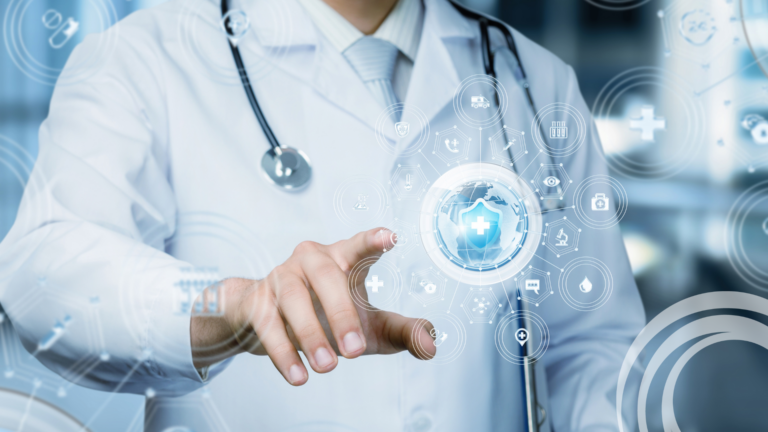
The Importance of Quality in Hospital Performance in 2024
The Advisory Board recently presented several trends related to information that CEOs need to know in 2024. Several of the key areas were that hospitals are seeing higher acuity patients,…

I remember the first time I saw a permanent pacemaker being placed in a cardiac cath lab by a cardiologist. At that time, it was fairly interesting given for many years these devices were implanted by a surgeon within the walls of an operating room! Boy, how times have changed.
As we continue to see the evolution of electrophysiology, we recognize that patients now have numerous treatment options, be it the need for an implantable device or treatment for a rhythm disorder, we realize these treatments are various, remarkable, and minimally invasive.
I can speak from personal experience, as I once was an EP patient. It has been many years since I was first diagnosed with supraventricular tachycardia (SVT). My physicians exhausted the route of medications given my younger age. But when push came to shove, I was told I needed a radio-frequency ablation. I had now become the patient. Of note, I was working in a cardiac cath lab at that time! Of course, I was overwhelmed with fear and had many questions, all of which my physician and their team answered putting me at ease even though I was scared to death.
Well, I survived the ablation with flying colors, and at the risk of sounding “over the top,” I was told after the fact that I came quite close to receiving a permanent pacemaker at the young age of 38! Rest assured, I have no permanent pacemaker, and every aspect of the procedure, well, from what I can remember, went very well. I say this having been sedated for the entire 6-hour procedure only to wake with the EP lab RN holding adequate pressure on the venous entry sites in both of my legs.
I had an entirely new appreciation for what I had done to patients post-procedure from being in a cardiac cath lab. What an eye-opener that was.
As clinicians, professionals, and leaders we must step back and recognize the rapidly growing field of Electrophysiology and more specifically the market. Electrophysiology is expected to have exponential growth within the next three decades. It is predicted that the number of people aged 60 years or older will reach 1.4 billion by 2030 and 2.1 billion by 2050. This, in turn, will drive the increased need for electrophysiological treatment in the form of device implantation, cardiac ablations, cardioversions, tilt table studies, and noninvasive programmed stimulation threshold testing.
Currently, EP captures approximately 1/3 of the market revenue share and is expected to reach over 22 billion dollars in 2030, reflecting the increasing need for advanced technology, services, facilities, and service providers.
It is important to remain relevant and competitive while meeting industry standards and best practices. This is understandably difficult to achieve while managing the daily challenges of a busy department. However, these initiatives are achievable through quality control measures such as Corazon Accreditation.
Regardless of whether you are a facility that is a device-only program, a full-scale provider, or have the capabilities of diagnostic mapping and right heart ablations, Corazon Accreditation, as a partner, will help you navigate current industry standards by providing updates and best practices developed through our decades worth of work and expertise.
Corazon Accreditation will also keep your program current with industry trends in equipment and procedures through blogs, newsletters, webinars, networking, and conferences. A strong quality program supported through accreditation can help to increase revenue while driving down costs while improving patient outcomes and satisfaction. As a partner, Corazon is invested in the success of your program; there is always someone available to help with every step of the process.
By: Amy Newell
To learn more about how #accreditation can help your program do not hesitate to reach out to Corazon for more information. Make sure to follow us Corazon, Inc. to stay in the know for news, insights and updates related to the #cardiovascular, #neuroscience, #spine, and #orthopedics specialties.